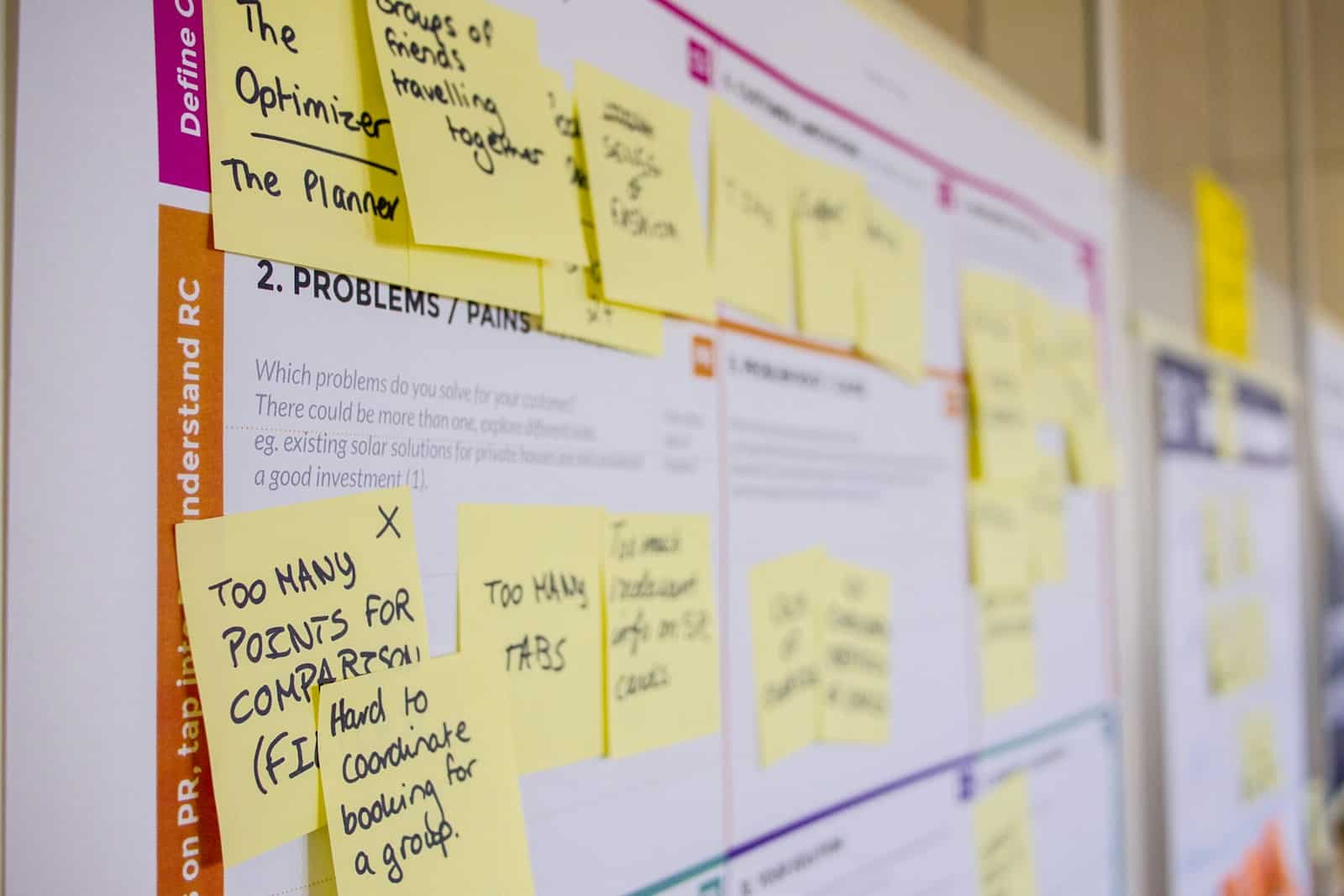Enhance Your Organization’s UX Maturity with Strategic User Personas
User experience (UX) design is a critical component of any successful organization, as it directly impacts how users interact with a product or service. In order to improve UX maturity within your organization, it is essential to understand the needs and preferences of your target audience through the effective use of user personas.
User personas are fictional representations of your target users, created based on research and data analysis. By developing accurate and detailed user personas, organizations can gain valuable insights into the preferences, behaviors, and motivations of their target audience. This allows for more targeted and personalized design decisions, resulting in a more user-friendly and engaging experience for users.
Utilizing user personas effectively can greatly enhance your organization’s UX maturity. Here are some key ways in which user personas can help improve UX design:
- Improved user understanding: User personas provide a detailed understanding of your target audience, including their goals, needs, and pain points. This allows designers to create solutions that address specific user needs, resulting in a more intuitive and user-friendly experience.
- Enhanced decision-making: User personas help guide design decisions by providing a clear picture of user preferences and behaviors. This allows organizations to prioritize features and functionalities that are most important to users, leading to more effective and impactful design solutions.
- Increased empathy: User personas help designers develop empathy for their target users, enabling them to create designs that resonate with users on a deeper level. By understanding the motivations and frustrations of users, designers can create more engaging and meaningful experiences.
- Targeted marketing: User personas can also inform marketing strategies by providing insights into the preferences and behaviors of target users. By tailoring marketing messages and campaigns to specific user segments, organizations can improve customer engagement and loyalty.
In order to effectively utilize user personas in UX design, organizations should follow these best practices:
- Conduct thorough research: Before creating user personas, it is important to conduct comprehensive research on your target audience. This may involve analyzing user data, conducting surveys and interviews, and observing user behavior. The more information you have about your users, the more accurate and effective your personas will be.
- Create detailed personas: User personas should be detailed and specific, outlining the demographics, behaviors, and motivations of your target users. Include information such as age, gender, job role, interests, and pain points to create a comprehensive picture of your audience.
- Validate personas with user testing: Once user personas have been created, it is important to validate them through user testing. This involves testing design solutions with real users to see if they align with the preferences and needs outlined in the personas. Use feedback from user testing to refine and improve your personas.
- Regularly update personas: User personas should not be static documents, but rather living documents that evolve over time. It is important to regularly update personas based on new research, changing user needs, and feedback from user testing. This ensures that your personas remain accurate and relevant to your target audience.
In conclusion, user personas are a powerful tool for enhancing UX maturity within organizations. By developing accurate and detailed personas, organizations can gain valuable insights into their target audience, improve decision-making, and create more empathetic and engaging experiences for users. By following best practices for creating and using user personas, organizations can take their UX design to the next level and drive greater success for their products and services.



